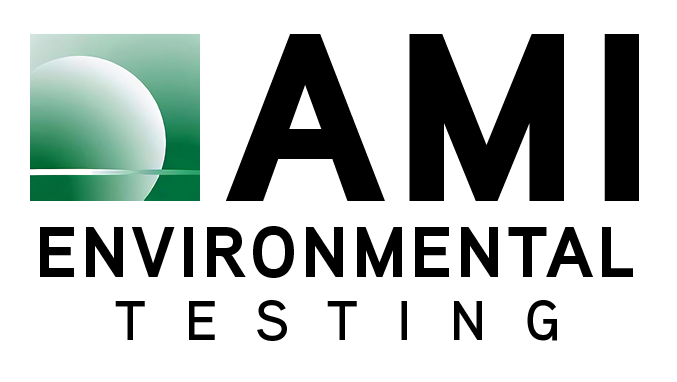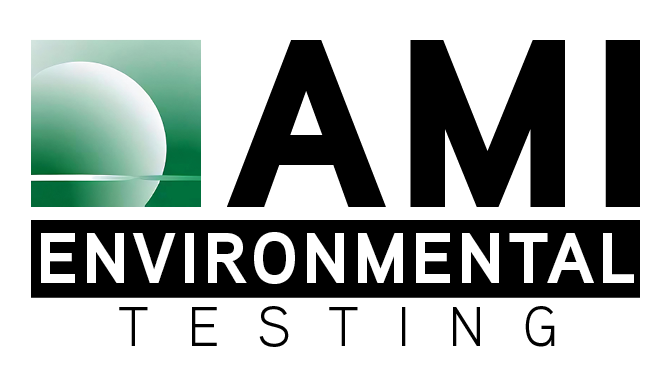Fluorescent bulbs contain small amounts of mercury, in common four-foot tubes it normally contains between 2 and 5 milligrams. When subjected to an electrical field, mercury generates ultraviolet radiation that is converted to light. When broken, mercury vapors may be released into the air. The mercury released from broken bulb is mostly in vapor form. The amount of mercury that is released from a broken tube is small, proper disposal of the broken tube and elimination of personal exposure is a necessity.
Clean Up Procedures
To prevent over exposure it is important to have a proper clean up procedure in place. According to the EPA here are some steps to follow:
1) When responding to a request for cleanup of a bulb that was just broken or if you are in a room where the bulb breaks, ventilate and leave the room. Have other coworkers in the room leave until cleanup is completed. Make sure that no one walks through the area of broken glass and risks themselves to an exposure.
2) Wear safety glasses to protect against glass shards, and disposable gloves to prevent skin contact with mercury. Pick up broken glass shards with pieces of stiff paper or cardboard and place into a disposal bag. Large bulb pieces that are needed to be picked up by hand need to be done so very carefully and placed in the bag. Work from the outer areas of debris inward to avoid stepping on residues and broken glass.
3) Use a thick adhesive tape to pick up glass shards and residues from surfaces, and place in bag. Wipe hard surfaces clean with damp paper towels or wet wipes, and place in bag and then seal it.
4) Vacuum cleaners used for cleanup of broken lamps on carpet and other floor surfaces should only be used if it is designated for mercury clean up only, do not use a vacuum that is not. The bag must be removed immediately after use and disposed with other contaminated materials. Do not use a broom or dustpan or it will have to be disposed of immediately after clean up.
5) When cleanup is complete, remove gloves carefully and place in disposal bag. Seal the bag with tape, then place the bag into a second bag, and seal the outer bag with tape. Place the material into a cardboard box and label it “Used Broken Lamps” or “Hazardous Waste” to warn others of a contaminant and prevent an exposure. Place the labeled box in a secured storage area such as a housekeeping closet until it can be properly disposed of.
6) Make sure to wash your hands with soap and water after cleanup. If there is a question of the exposure limits of the facility or area it is important to test it to make sure that it safe to resume normal activities.
At AMI Environmental, our job is to help organizations create a safe work environment in full compliance with government regulations. In doing so, our clients not only avoid lawsuits and potential disasters but also have the peace of mind that comes with knowing their building occupants are protected from possible harm. Our team works with your organization to establish and maintain compliance, including surveying your facility for risk; providing testing within your facility; maintaining testing protocol; and helping to streamline the record process. For more information or to request a complimentary consultation, please contact Doug Marshall at [email protected].



